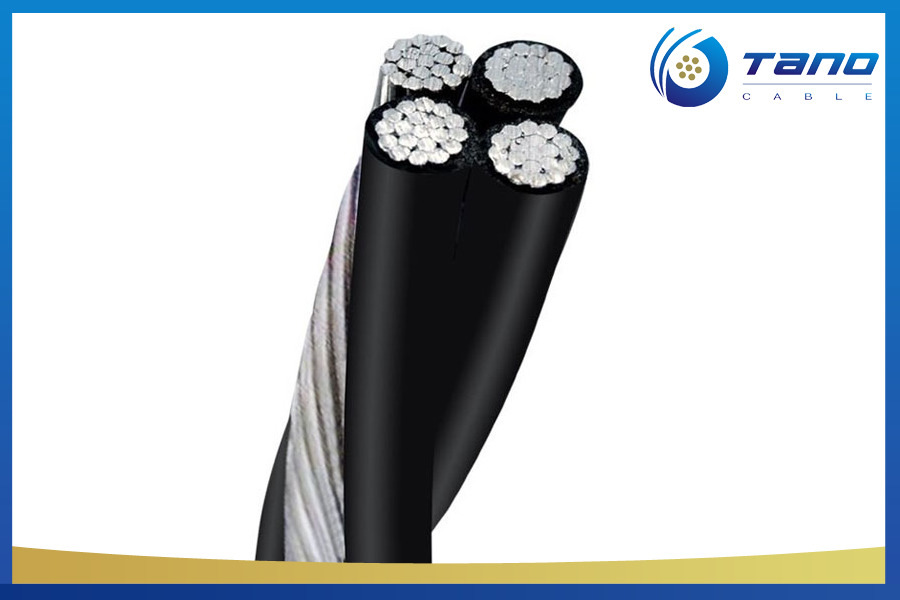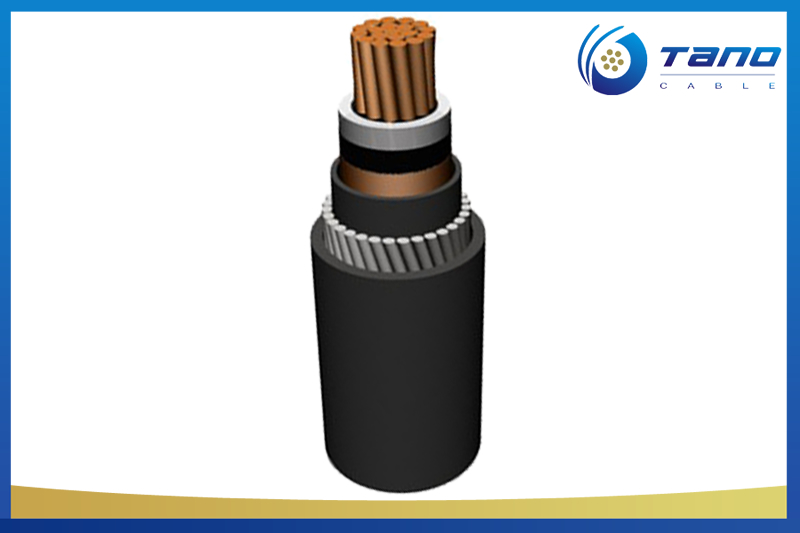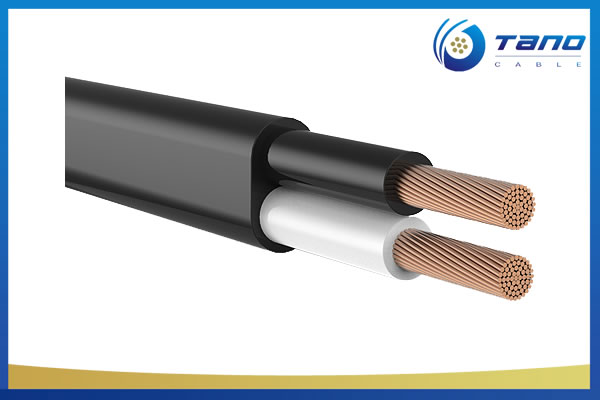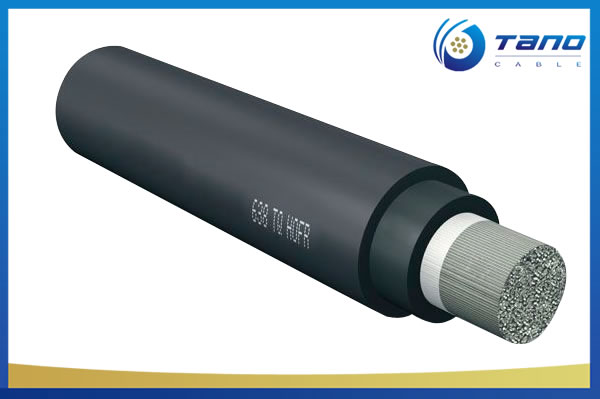How to calculate the carrying capacity of HV Power Cable?
HV Power Cable carrying capacity calculation formula
For 35KV HV Power Cable and above, the carrying capacity calculation formula is:
The maximum carrying capacity (J) = cable cross-sectional area (A: mm2) × economic current density (J: A / mm2)
Power Cable economic current density table:
|
Conductor Material |
Annual maximum load utilization duration |
||
|
Below 3000H |
3000H-5000H |
Above 5000H |
|
|
Copper Conductor |
2.5 |
2.25 |
2.00 |
|
Aluminum Conductor |
1.92 |
1.73 |
1.54 |
Effect conditions of HV Power Cable carrying capacity
Under the above formula for the ideal conditions to calculate HV Power Cable carrying capacity, for practical use, the cable system operating environment and operating parameters of the conductor cross-section choose to have a very big impact, with the same cable conductor cross-section in different environments and operating conditions, its carrying capacity vary greatly. The following article will individually on various factors ampacity Analysis.
1. The cable burial depth
In order to protect cables buried in the ground, to avoid or reduce its external impact, cable lines are generally to guarantee a certain depth. But as the depth increases, the cable also will be cooling conditions deteriorate, under the same conditions as maximum allowable operating temperature, cable ampacity also becomes smaller with increasing depth.2. Mutual thermal effects of multi-loop cable
When the multi-loop cable laying in compact form, since the mutual thermal effect of the cooling conditions will deteriorate between the multi-loop cable, so the carrying capacity correspondingly reduced.3. Press the cable with spaced impact
Similar interaction between thermal effects and multi-circuit cable, with cable and white back there mutual thermal effects.4. The soil temperature around the cable system
Select the cable cross-section that is allowing current to determine the cable, while allowing current to allow the core wire is temperature-dependent. Core temperature is not only related to the current, but also on the surrounding medium temperature and thermal resistance. Therefore, buried soil temperature around the cable has a greater impact on the carrying capacity.5. The soil thermal resistivity
In a preliminary assessment of the cable ampacity, the soil such as abnormally dry or no heat resistance.
Usually for larger cable systems, required before the route survey design when, for a more detailed measurements confirm that the soil thermal resistivity along the line. There is also taking into account the soil thermal resistivity changes with the seasons.6. Other relevant data
If the cable is not directly buried installation but laid in the conduit and then buried in the ground, in addition to the operational and environmental data to be collected more, the thermal resistivity of the conduit is also necessary, which is also an important influence data to cable carrying capacity.







